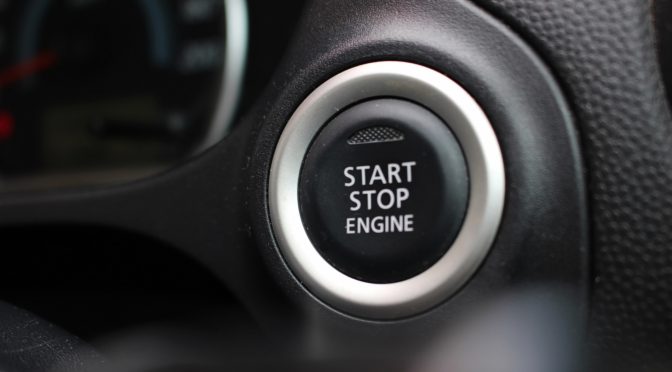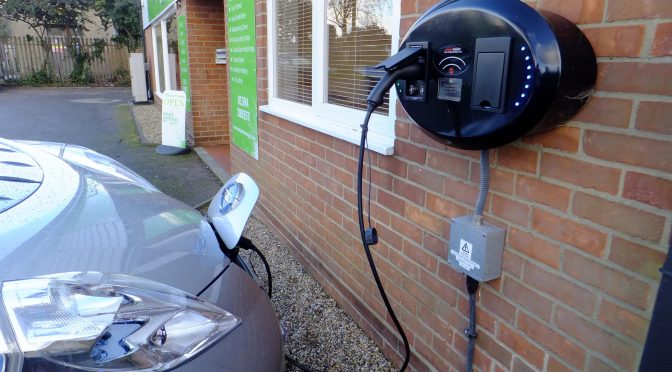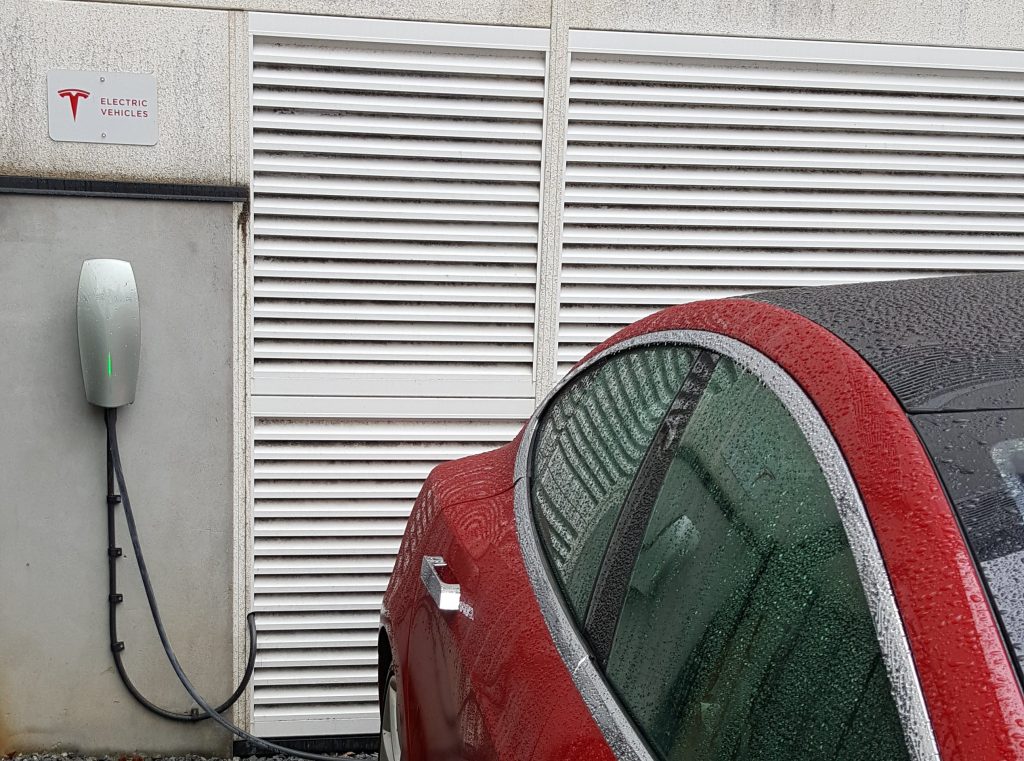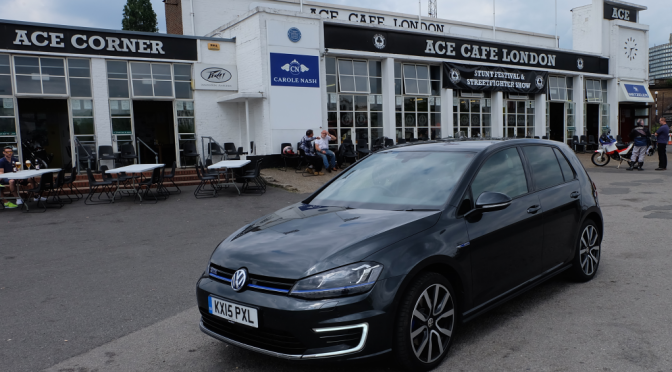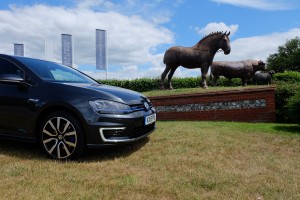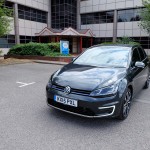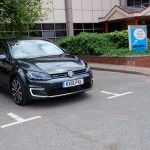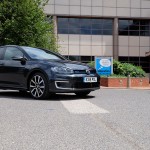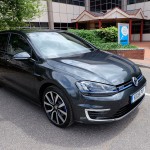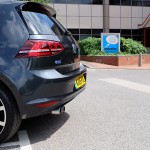As a gadget enthusiast and a lover of anything on wheels, I can hardly contain my excitement for this year’s Goodwood Revival, happening from Friday, 12th September to Sunday, 14th September 2025. Whether you’re a petrolhead, a vintage aficionado, or simply someone who appreciates a bit of history, this event is not to be missed. And this year’s opening parade promises to be one for the books—a celebration of 75 years of the legendary Volkswagen Type 2 Split Screen!

Why the Type 2 Split Screen Is a Cultural Icon
Launched in 1950 by Volkswagen, the Type 2 Split Screen—fondly known as the ‘Splittie’—was much more than a commercial van. It quickly became a symbol of freedom, adventure, and the open road. From hippie caravans to family holidaymakers, ice cream vans to ambulances, the Split Screen has done it all. Its quirky charm and versatility made it an icon that resonates with car enthusiasts, nostalgics, and road trip junkies alike.
To mark its 75th anniversary, Goodwood Revival is bringing together what is set to be the most diverse collection of Type 2 Split Screens ever assembled. Picture a parade of brightly coloured vans—from Kombis to Campers—gracing the historic Goodwood track every morning of the event. It’s a festival of wheels, memories, and plenty of Instagram-worthy moments.
The Goodwood Revival Magic
Goodwood Revival isn’t just a motor race—it’s a journey back in time. Every detail, from the period attire to the vintage craftsmanship, transports you to a bygone era. This year, alongside the VW Split Screen parade, visitors can look forward to thirteen thrilling races, all run exclusively on sustainable fuels—a nod to Goodwood’s commitment to the future, without forgetting its past.
But it doesn’t stop at racing. Type 2 enthusiasts can also park their beloved vans in the Tax Exempt Classic Car Parking, turning the rows into an unmissable showcase of classic camper beauty. If you’re a Split Screen owner itching to join the parade, applications are still open—details below.
Early Bird Gets the Ticket!
Tickets for Goodwood Revival are already on sale. As someone who’s experienced the magic of Goodwood in person, trust me when I say: book early. From general admission to VIP hospitality, there’s something for every budget and every level of fandom.
So, whether you’re taking your Kombi for a spin, reminiscing over the retro design of a Samba, or simply soaking in the vintage vibes, Goodwood Revival 2025 is the place to be.
How to Get Involved
- 🚌 Own a Volkswagen Type 2 Split Screen? Sign up for the parade here.
- 🎟 Grab early bird tickets at goodwood.com.
- 📞 Call the Ticket Office: +44 (0)1243 755055.
Keep your eyes peeled for more updates and coverage. I’ll certainly be there, capturing the sights, sounds, and stories of this incredible event.
About The Gadget Man:
Matt Porter—tech enthusiast, car lover, and the ultimate road trip guy. From gadgets to Goodwood, I bring you the latest in tech and lifestyle adventures. Follow along for more tales of innovation, nostalgia, and everything in between.


